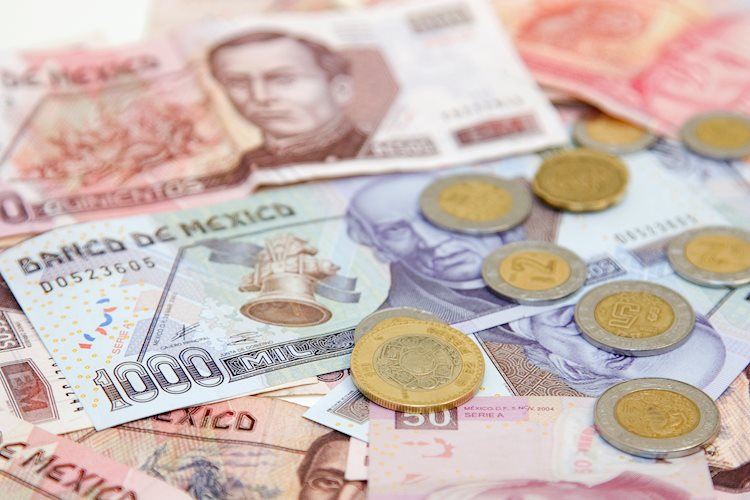The Mexican Peso has been experiencing a decline against the US Dollar, dropping over 2.30% in the week due to market mood deterioration and investors flocking to safe-haven currencies. The recent official nomination of former President Donald Trump as a Republican Candidate and his remarks regarding Mexico have also contributed to the USD/MXN advance. This has led to a sour sentiment in the market, with worldwide indices trading at losses. The Mexican economic docket is set to release May’s Economic Activity and Retail Sales data next Monday, leaving market participants closely monitoring US Dollar dynamics.
Trump’s comments on immigration and the automotive industry relocation have put Mexico in the spotlight, as he aims to end illegal immigration and restore the automotive industry’s presence in the US. These remarks have raised concerns about companies relocating to Mexico, which could weaken the Mexican Peso. On the other hand, Fitch ratings reaffirmed Mexico’s BBB- qualification with a stable outlook but warned about the impact of the proposed judicial reform on the country. The credit rating agency highlighted uncertainties regarding fiscal deficit reduction, expectations of a slight economic downturn in 2025, and trade tensions with the US leaving Mexico vulnerable.
In terms of economic indicators, Mexico’s Economic Activity in May is expected to contract MoM but expand YoY. Retail Sales are forecasted to remain positive, though the International Monetary Fund (IMF) adjusted Mexico’s GDP expectations for 2024 due to economic slowdown and the US downturn. Trump’s interview with Bloomberg spooked investors as he mentioned tax reductions, lower interest rates, and tariffs, influencing market sentiment. The CME FedWatch Tools also show high chances of a rate cut in September, and lower than expected consumer inflation figures in the US may prompt the Federal Reserve to lower borrowing costs by 2024.
Technical analysis shows the USD/MXN pair hovering around 18.00, with a potential to breach key resistance levels. If the pair extends its gains above 18.00, it could target higher resistance levels, while a decrease could test lower support levels. The Mexican Peso remains vulnerable to geopolitical trends, nearshoring decisions, and oil prices due to the country’s manufacturing hub and status as a key exporter of the commodity. Mexico’s central bank aims to maintain low and stable inflation levels by adjusting interest rates, with higher rates strengthening the Peso and lower rates weakening it. Macroeconomic data releases can impact MXN valuation, with strong economic indicators boosting the currency and weak data leading to depreciation.
As an emerging-market currency, the Mexican Peso thrives during risk-on periods and weakens during market turbulence or economic uncertainty. Investors’ perception of broader market risks and stability affect MXN valuation, as they either engage with higher-risk assets during risk-on periods or seek safe havens during times of uncertainty. Overall, the Mexican Peso’s performance is influenced by a combination of economic indicators, geopolitical factors, and market sentiment, making it essential for investors to closely monitor developments in Mexico and globally to assess MXN’s trajectory.











